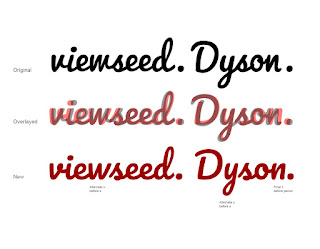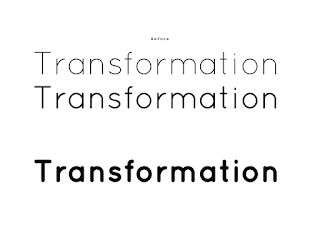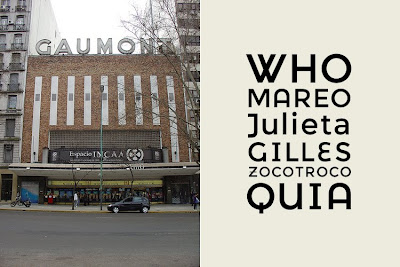As part of our larger effort to make great type accessible in more languages, Google Fonts is pleased to announce that the Japanese type foundry Morisawa has made 2 BIZ Universal Design (UD) font families available on Google Fonts, under the SIL Open Font License. These Gothic and Mincho designs, available in regular and bold weights and proportional and full width styles, are now also available in Google Workspace
“Having these fonts available in Japan allows Google Education to align with the most widely used fonts in education publishing in Japan,” said Stuart Miller, Head of Marketing for Google Education in Asia Pacific (APAC). “This makes it easier for partners to collaborate with Google Education. It also ensures a more consistent, inclusive, delightful experience for the millions of teachers and students that use Google tools.”
Drawing on extensive end-user evaluation, the BIZ UD typefaces were developed using the principles of universal design (UD) to ensure legibility (the ease of differentiating individual characters) and readability (the ease of reading text overall). BIZ UD fonts are especially suited for conveying text accurately—for example, in educational settings, corporate communication environments, and other places that use ICT.
Earlier versions of these fonts are available as part of the Windows 10 Japanese Supplemental Fonts package. Morisawa and Google collaborated with Type Network to update the fonts to the latest Google Fonts technical specifications for web fonts, and expand the Latin glyph set.
BIZ UD is available in Gothic (BIZ UDGothic and BIZ UDPGothic) and Mincho (BIZ UDMincho and BIZ UDPMincho) in two weights (Regular and Bold). Try them out and let us know what you think!
About the type foundries
Morisawa is Japan’s leading font foundry that has never wavered from its commitment to undertaking research and development in typography since its establishment in 1924 – the year it invented the first Japanese phototypesetting machine. The company provides font licenses for over 1,500 typefaces of Japanese and multi-script, web font services, embedded fonts, and multilingual e-magazine/book solution services. Their library includes typefaces from TypeBank and its group company Jiyukobo.
Type Network brings together the world’s best independent type foundries and designers, offering a carefully chosen collection of their fonts for all uses and negotiating on their behalf with our clients on custom design projects and enterprise licensing. Through their partners, they also offer a wide range of other typographic services, including consulting, teaching, and lecturing around the world. The Type Network team has been working in digital type since desktop publishing first gave designers the tools to take control of their own typography.
Posted by Dave Crossland, Google Fonts Lead UX Programs and Operations Manager









